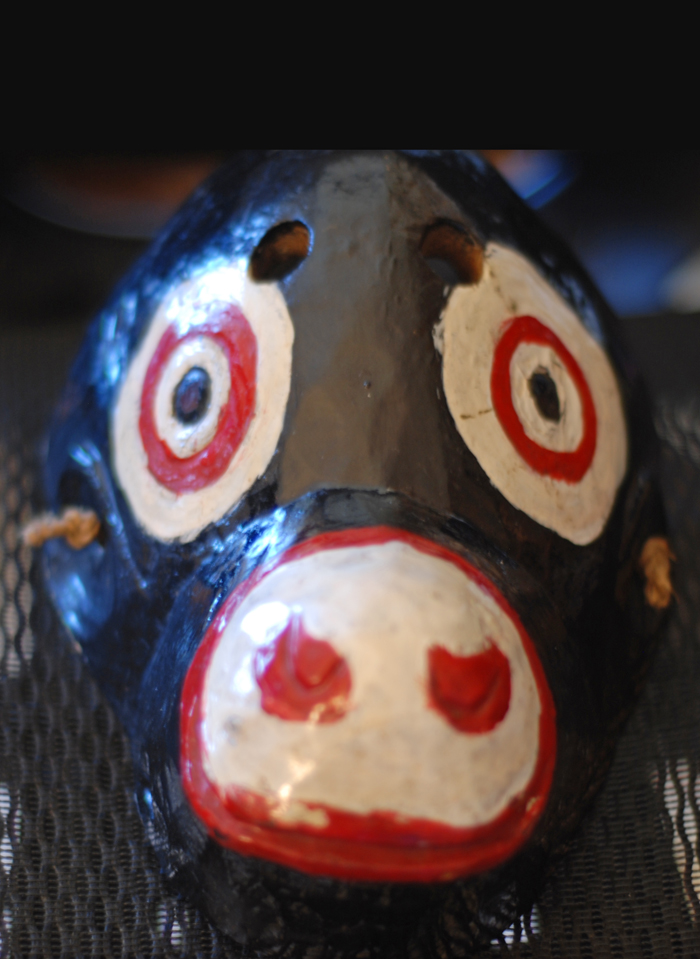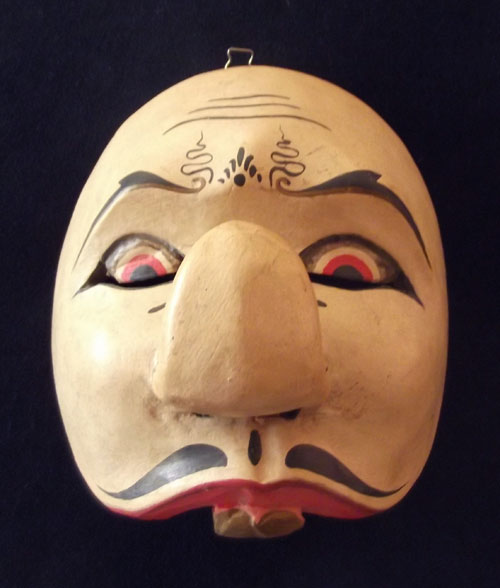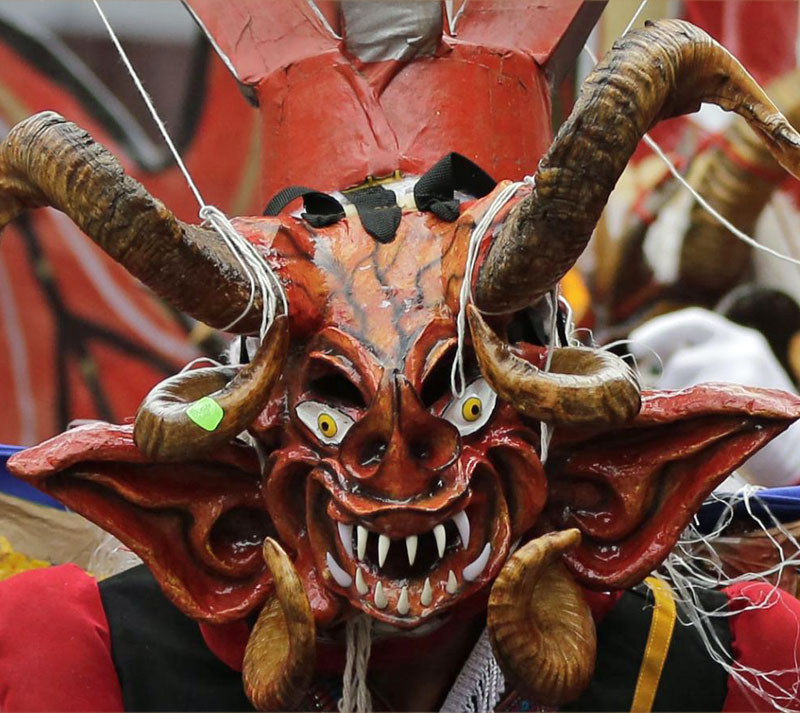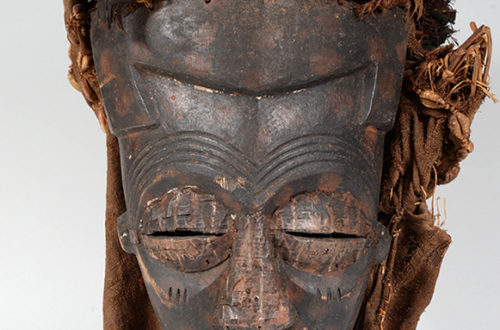
 Q: From reading your previous articles I believe that this is a Guatemalan monkey mask, but that is mostly a guess. The woman who I bought this from for twenty five dollars said that it is something vintage and authentic. It does look used to me, but the paint looks newer. Thank you, Deb, 1646
Q: From reading your previous articles I believe that this is a Guatemalan monkey mask, but that is mostly a guess. The woman who I bought this from for twenty five dollars said that it is something vintage and authentic. It does look used to me, but the paint looks newer. Thank you, Deb, 1646
A: Your mask looks like it was used for awhile and then repainted, which is something the morerias often do to keep their customers happy. The initials “LIC” may be the name of the moreria. It would be nice if you could check this out. I wrote the following on this site on July 11 of this year…
The main morerias have almost always been in Totonicapán , Quiché and Alta Verapaz in Guatemala. They are usually made of wood, and represent human and animal faces. The masks are rented time and time again. Every few years repairs and repainting usually occurs. Guatemalans have standardized the dress and masks used in the traditional dances.
With the exception of El Salvador, there are no morerias in any other country I can think of. The Guatemalan morerías, like exclusive workshops for making suits and masks, arose in the 17th century, but it was during the 19th century, when they reached their current characteristics. You would think rental shops exist in other countries where indigenous people practice masquerade. A-






2 Comments
Chris
In the highlands of Cotopaxi, Ecuador, there used to be also morería-like shops which rented costumes and wooden masks for the processions there. As far as i know, nowadays, there are no wooden masks anymore that are rented (I heard that the people who rent masks do not like the heaviness and roughness of those wooden masks, anymore), but i heard that there are still shops which rent costumes and masks, and the masks are often plastic, now. I do not know how these shops are called, but I do not think that they call them “morerías”.
Bob Ibold
Thanks for the interesting info on Ecuador. There probably are a few other places that have figured out that renting makes sense.